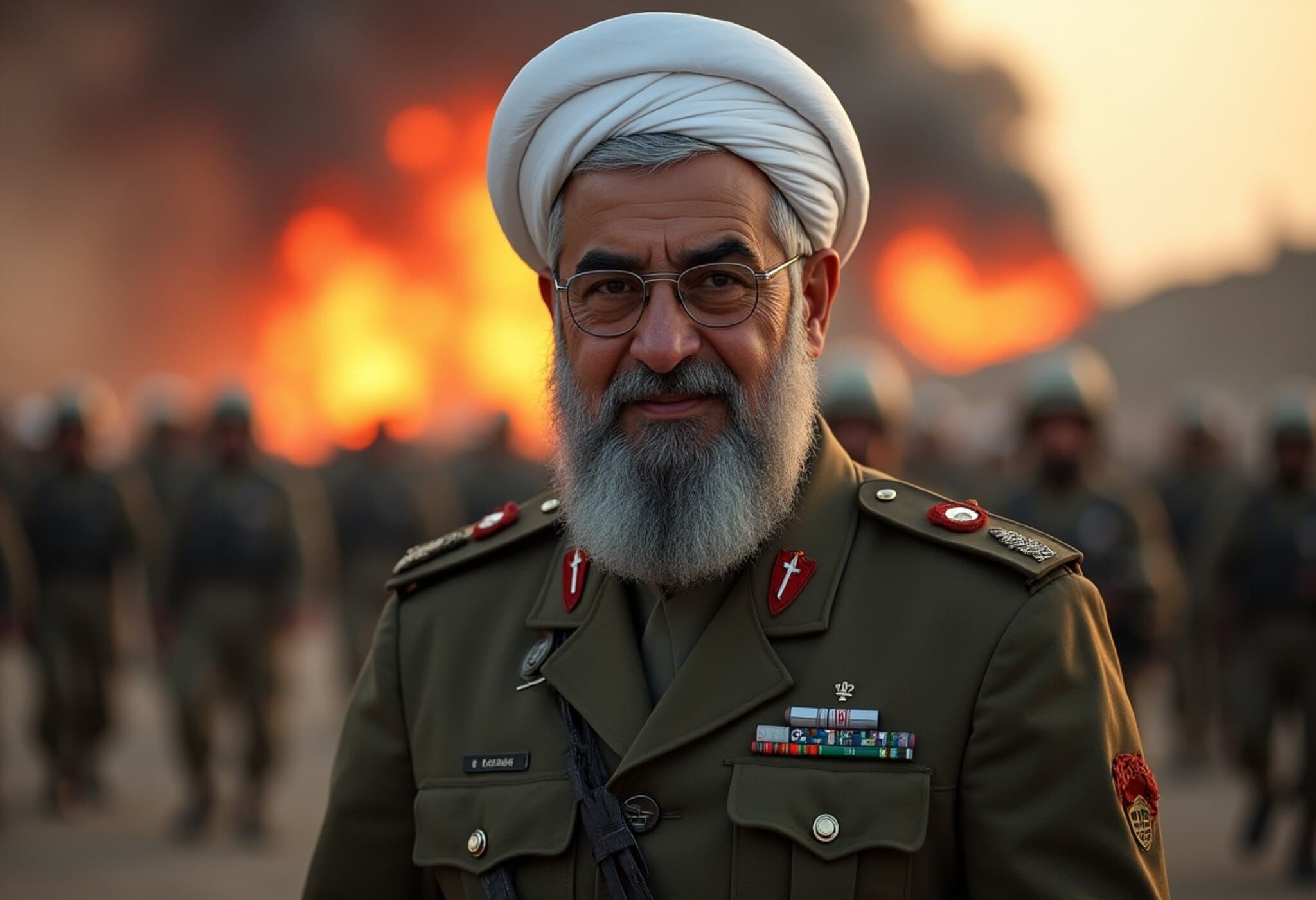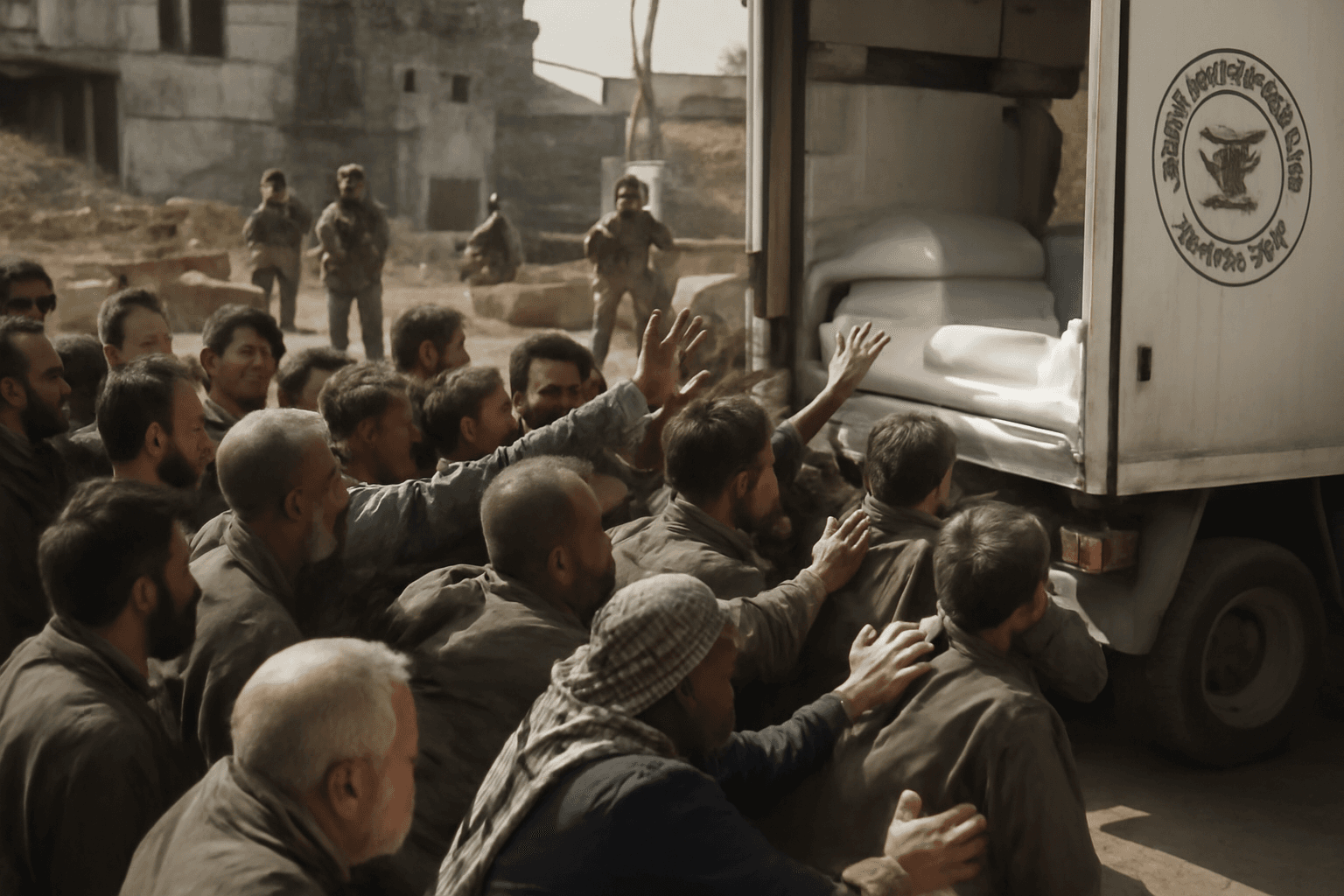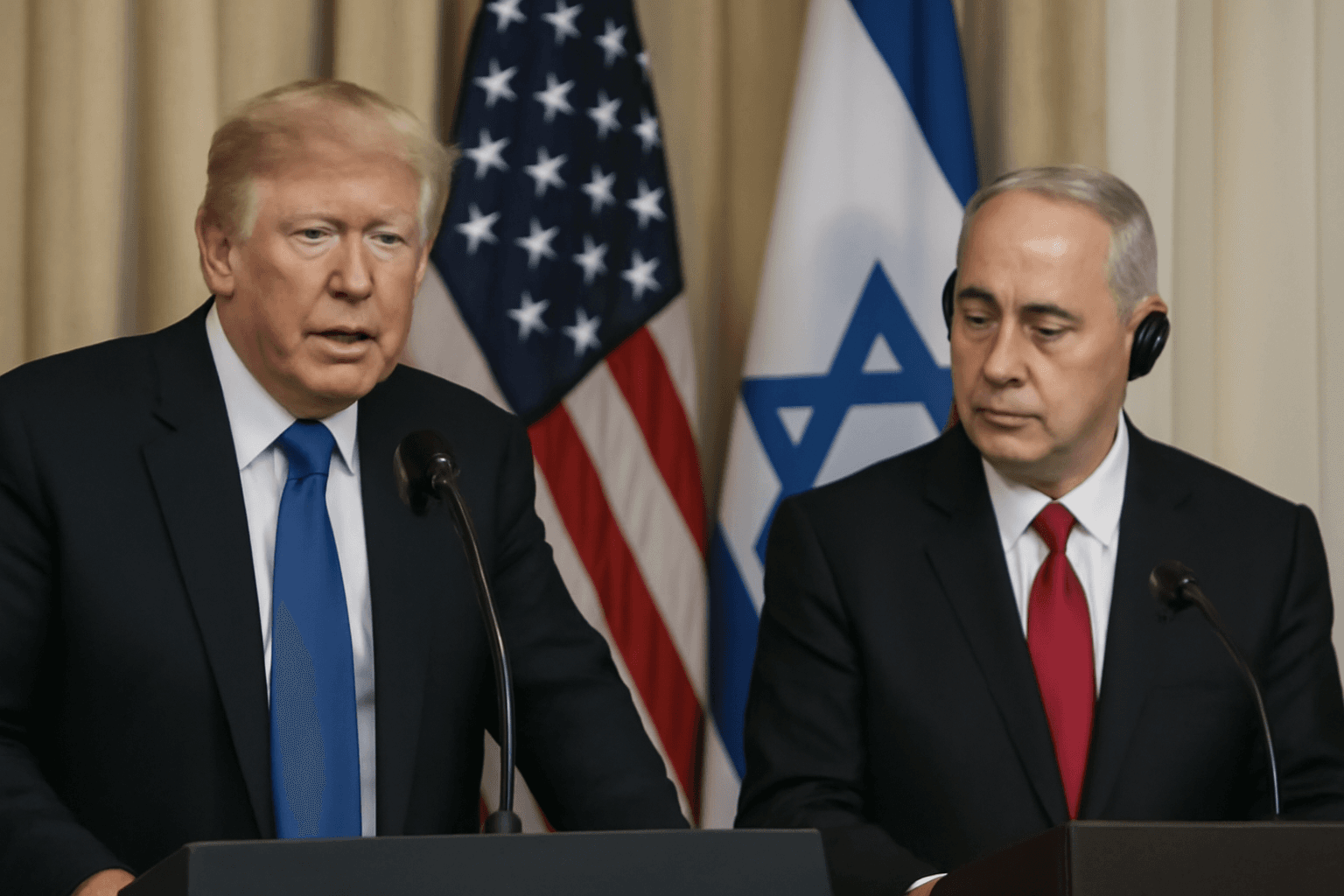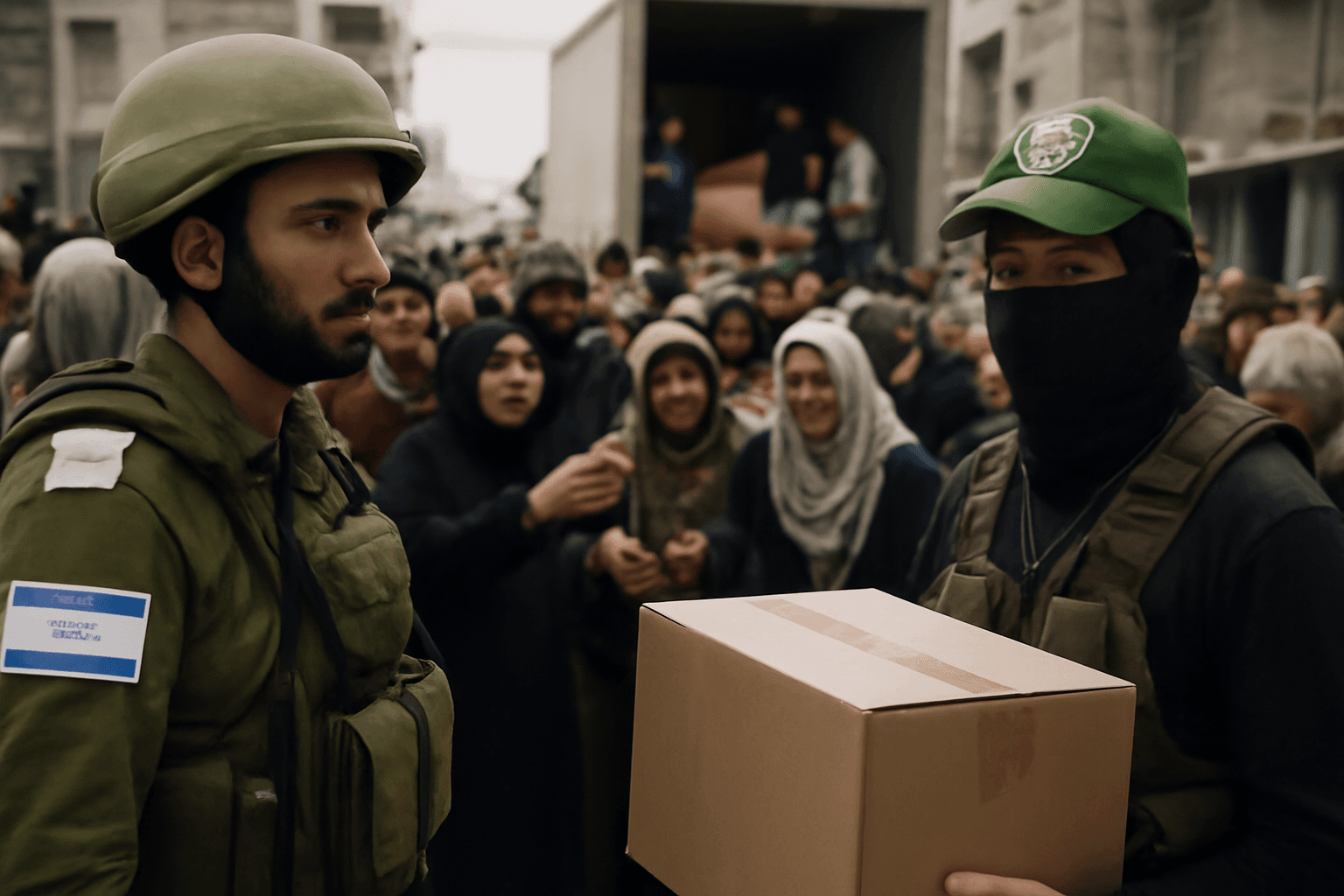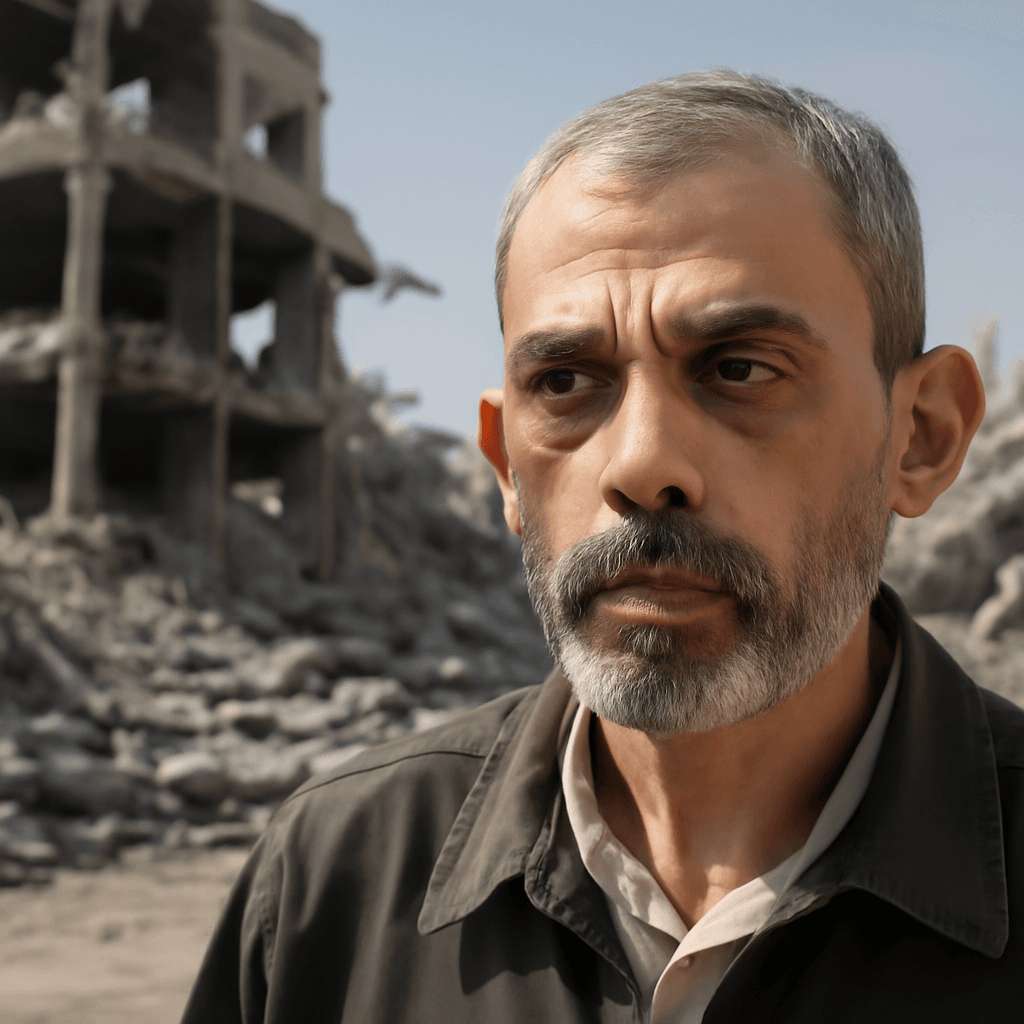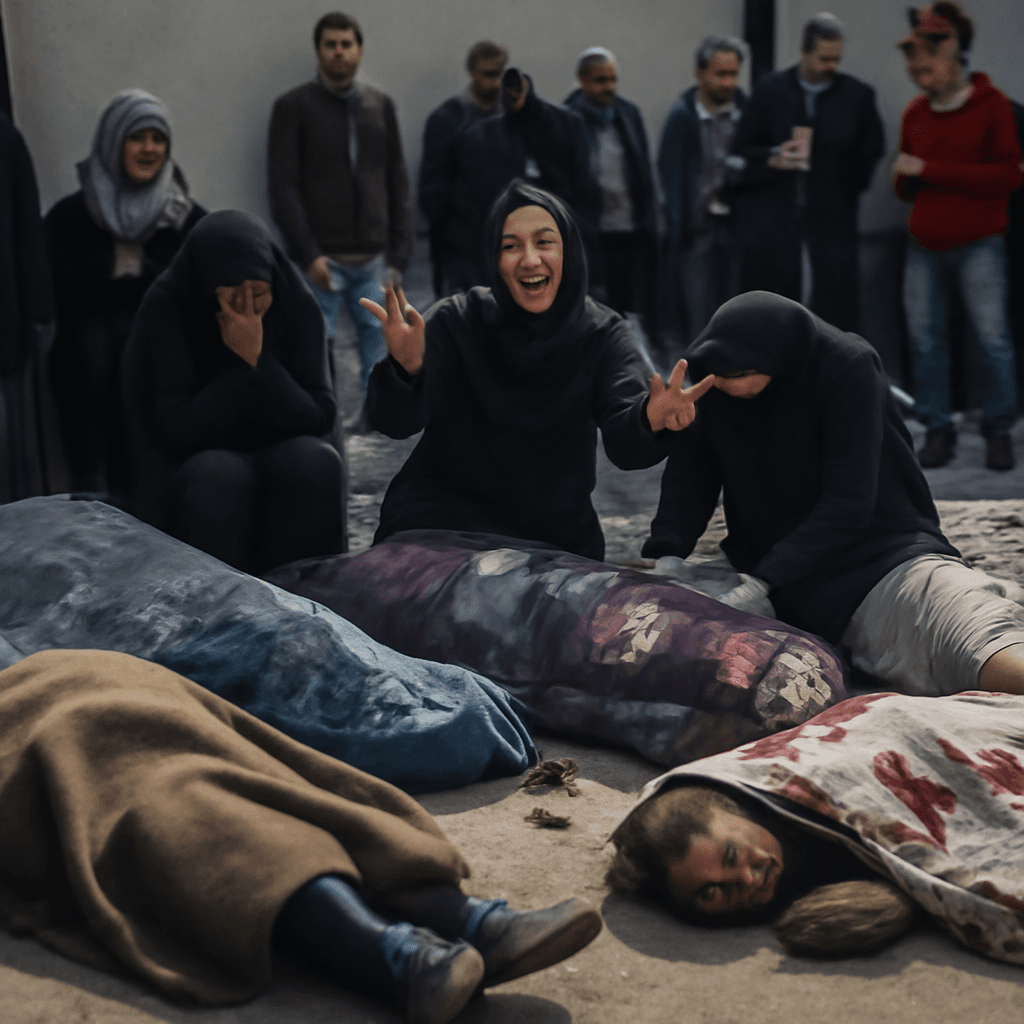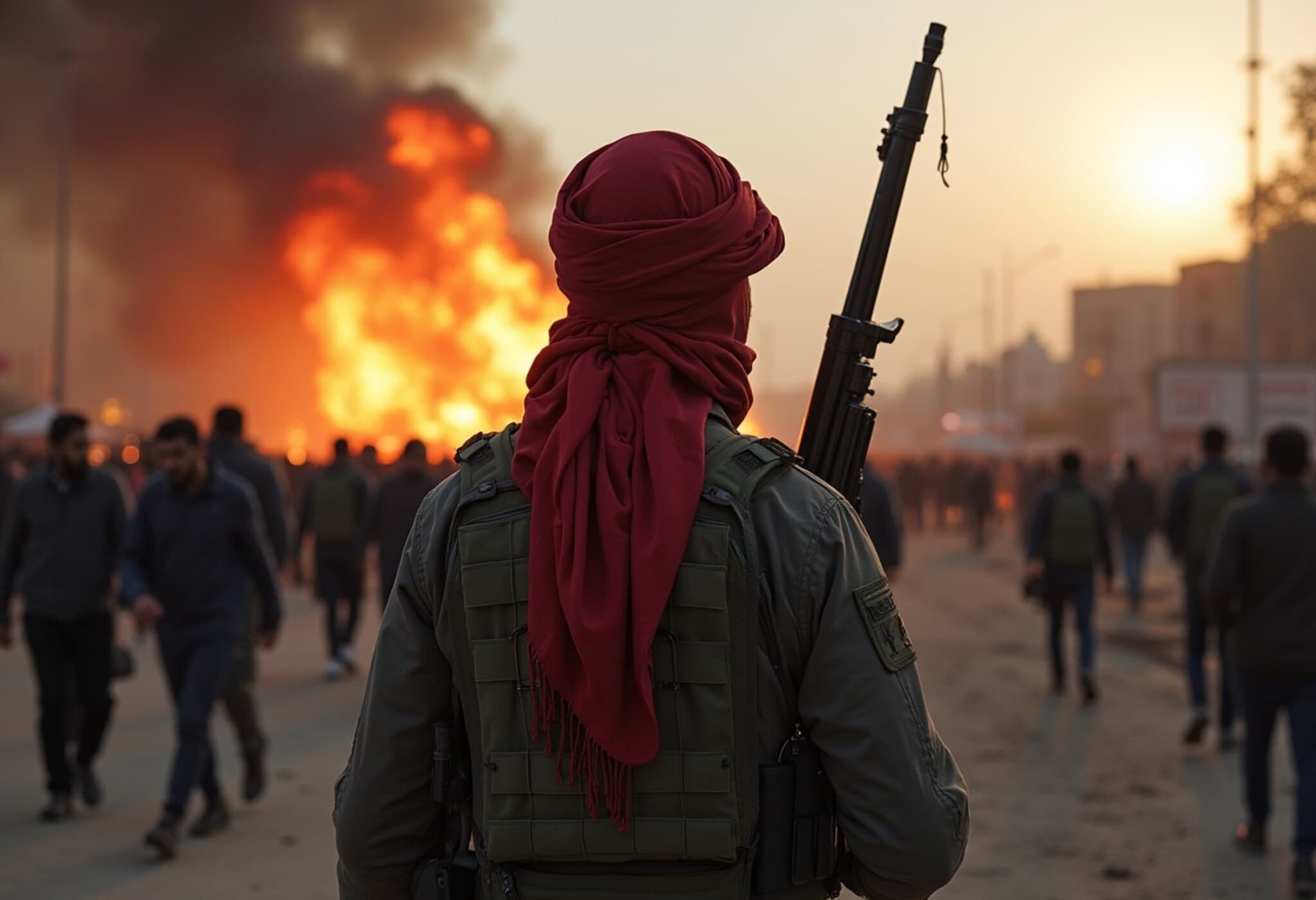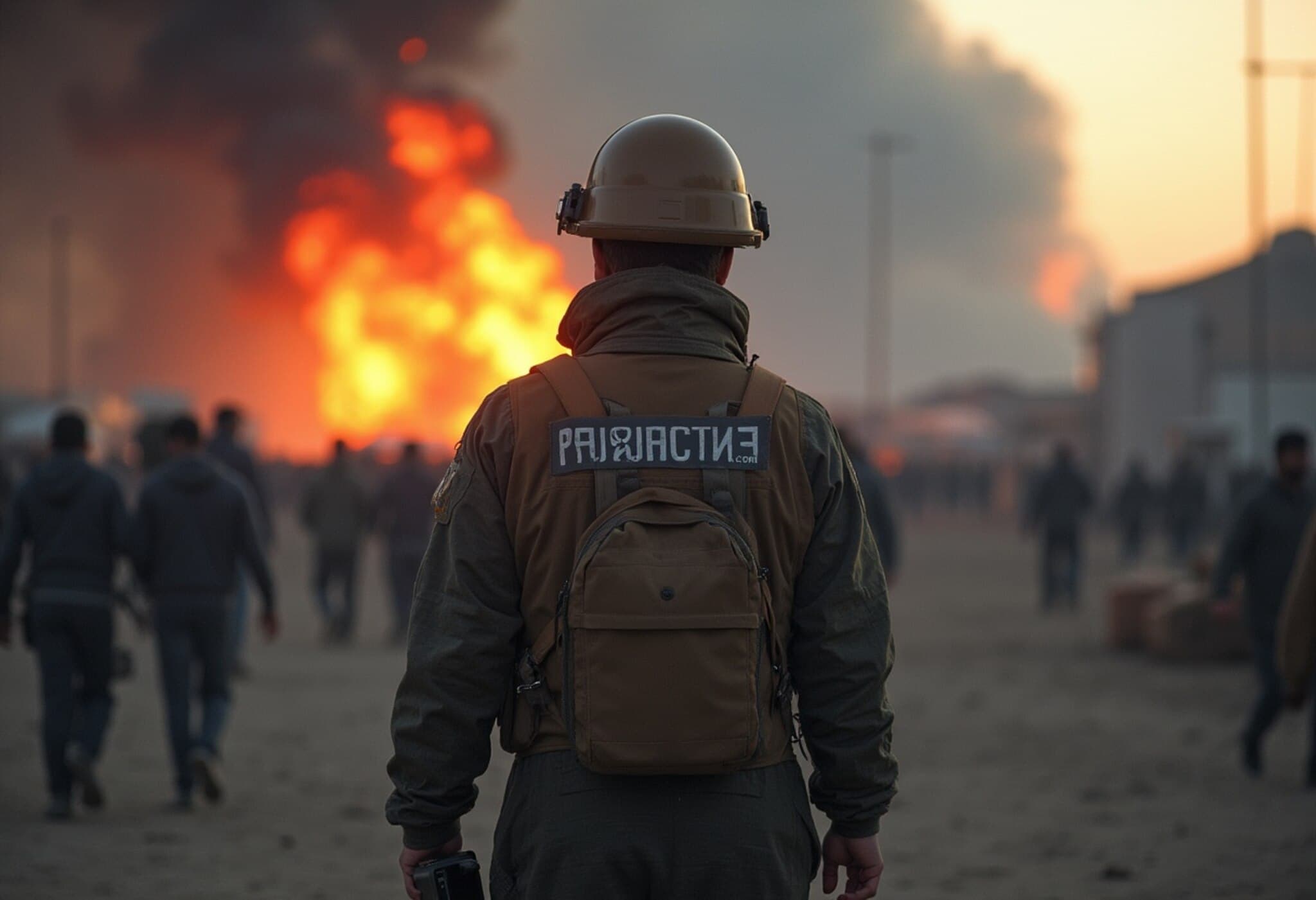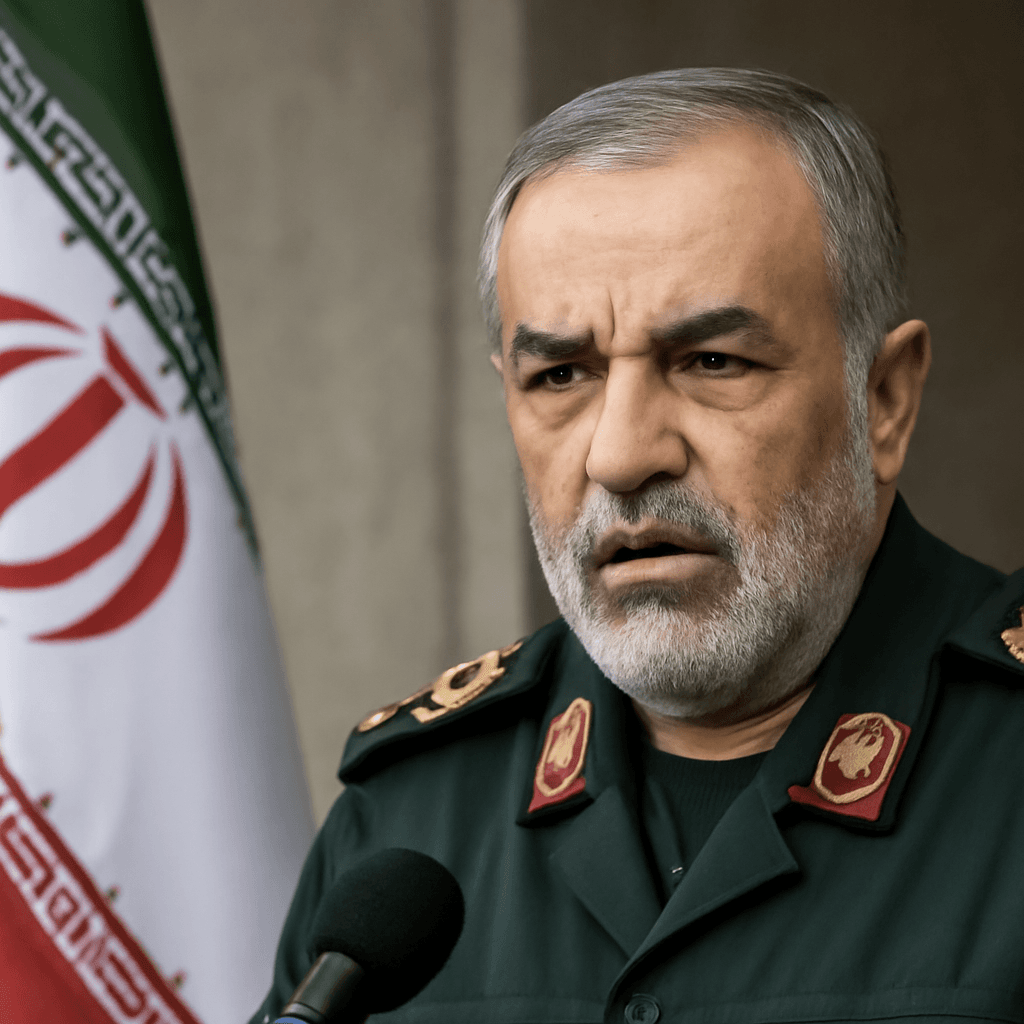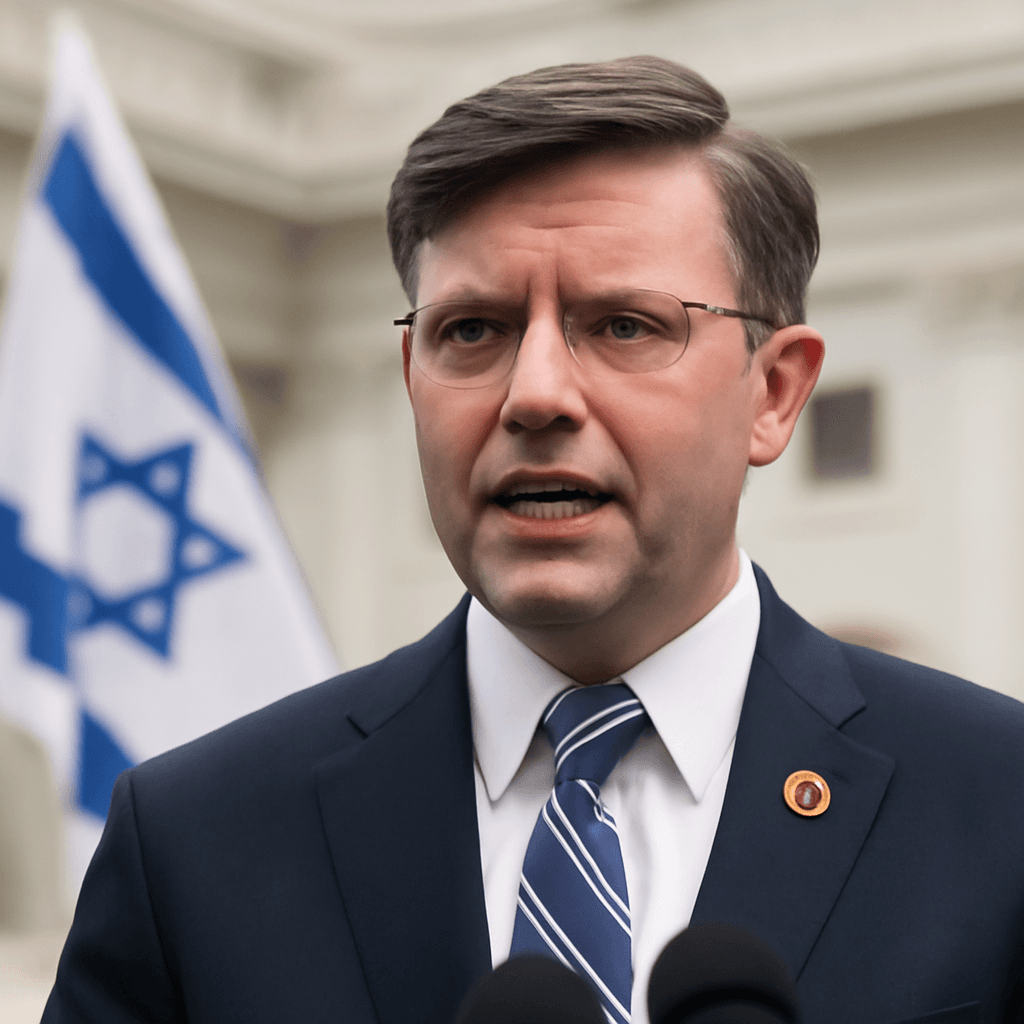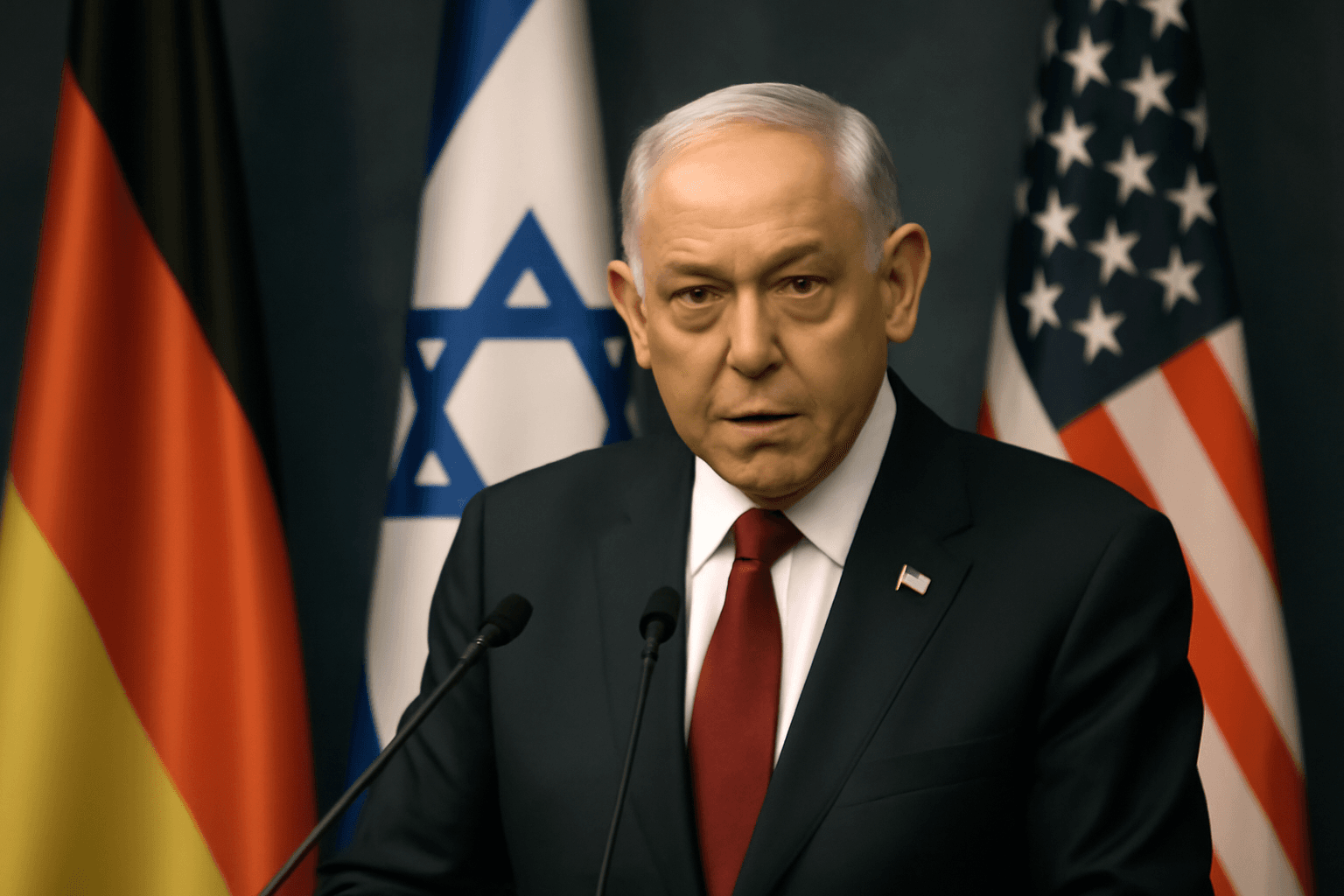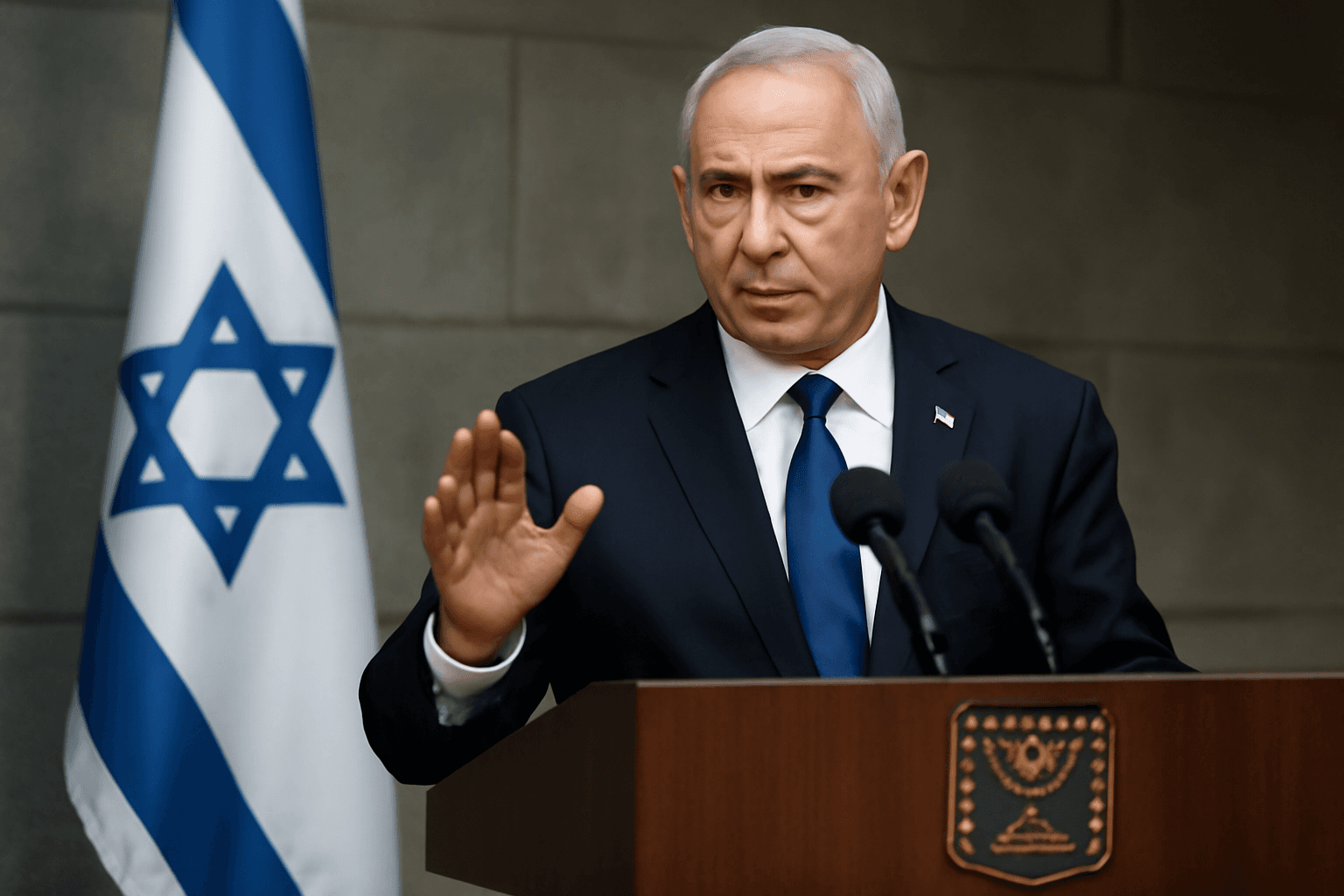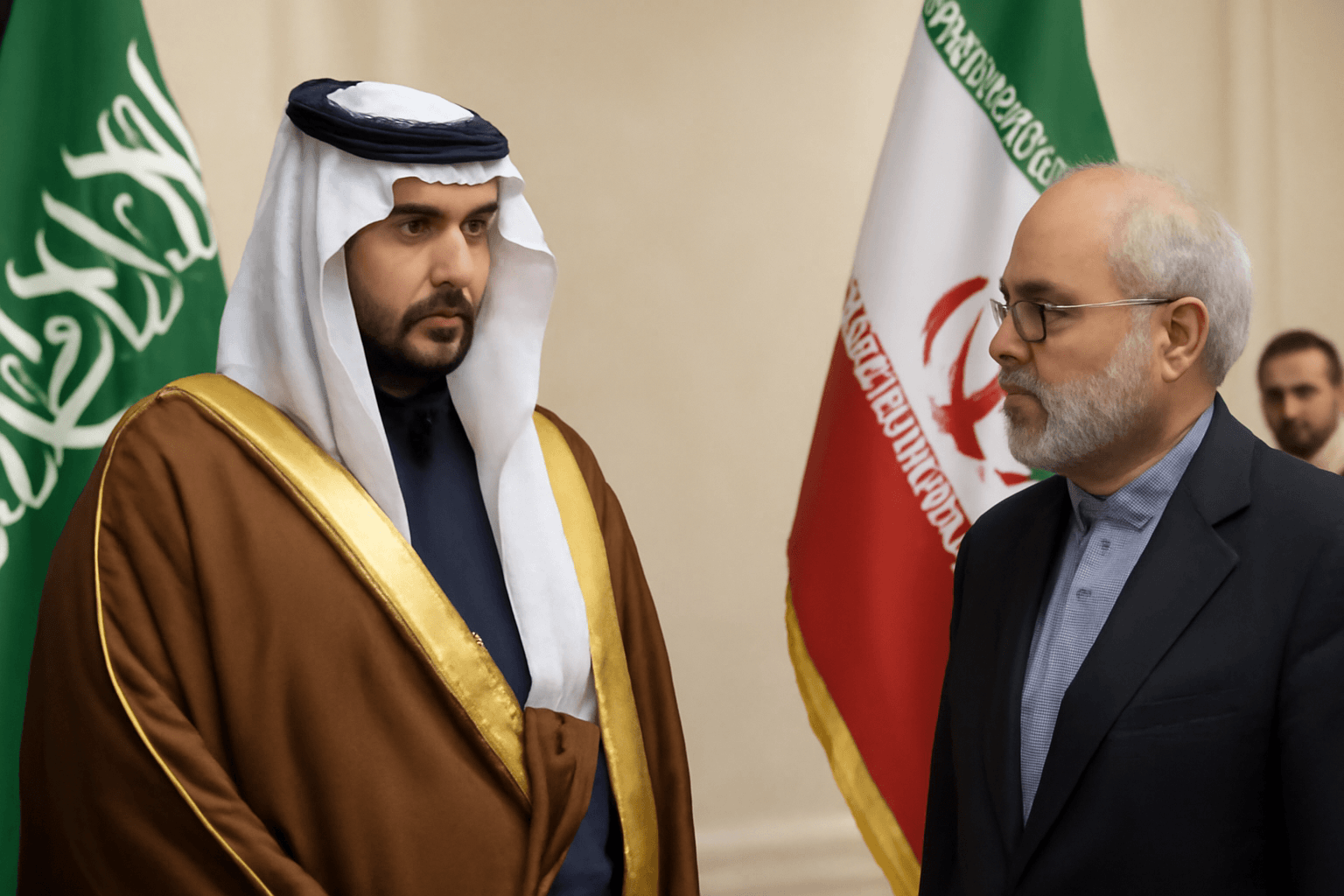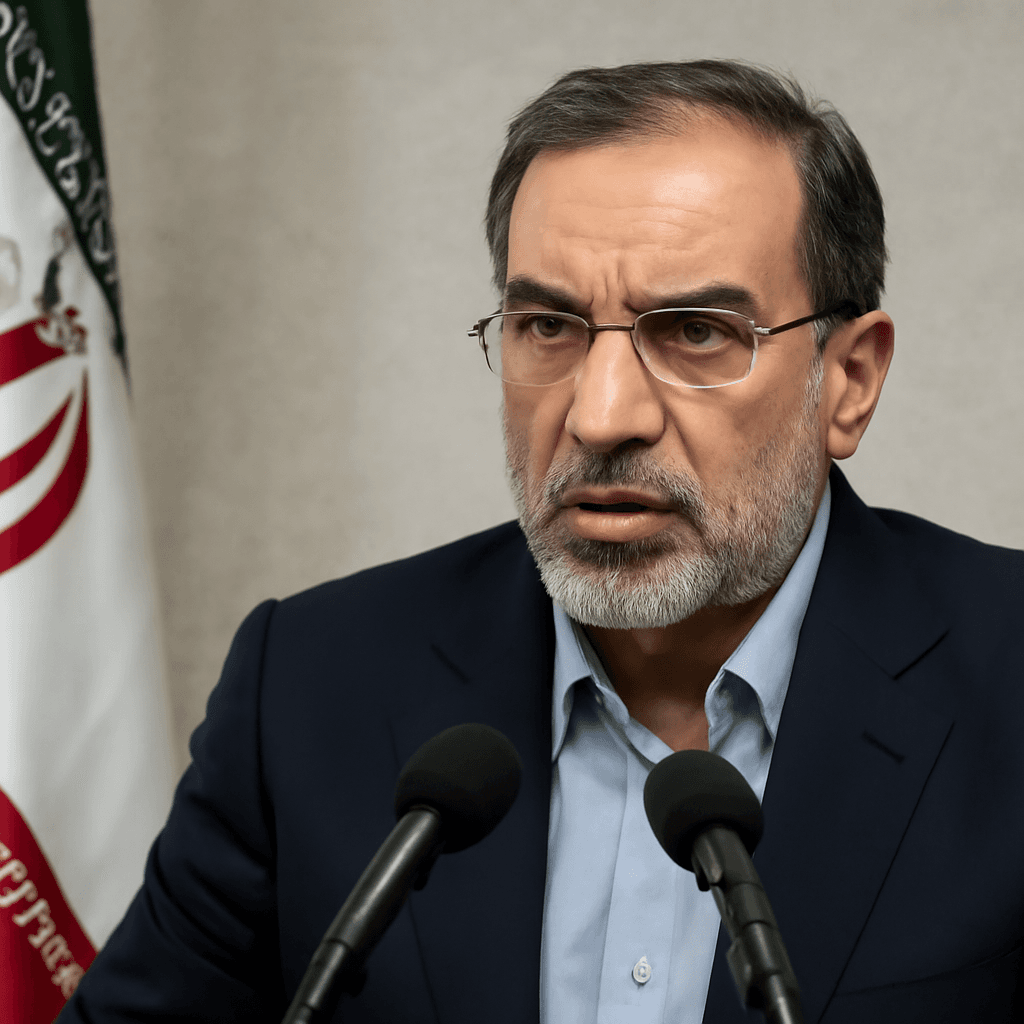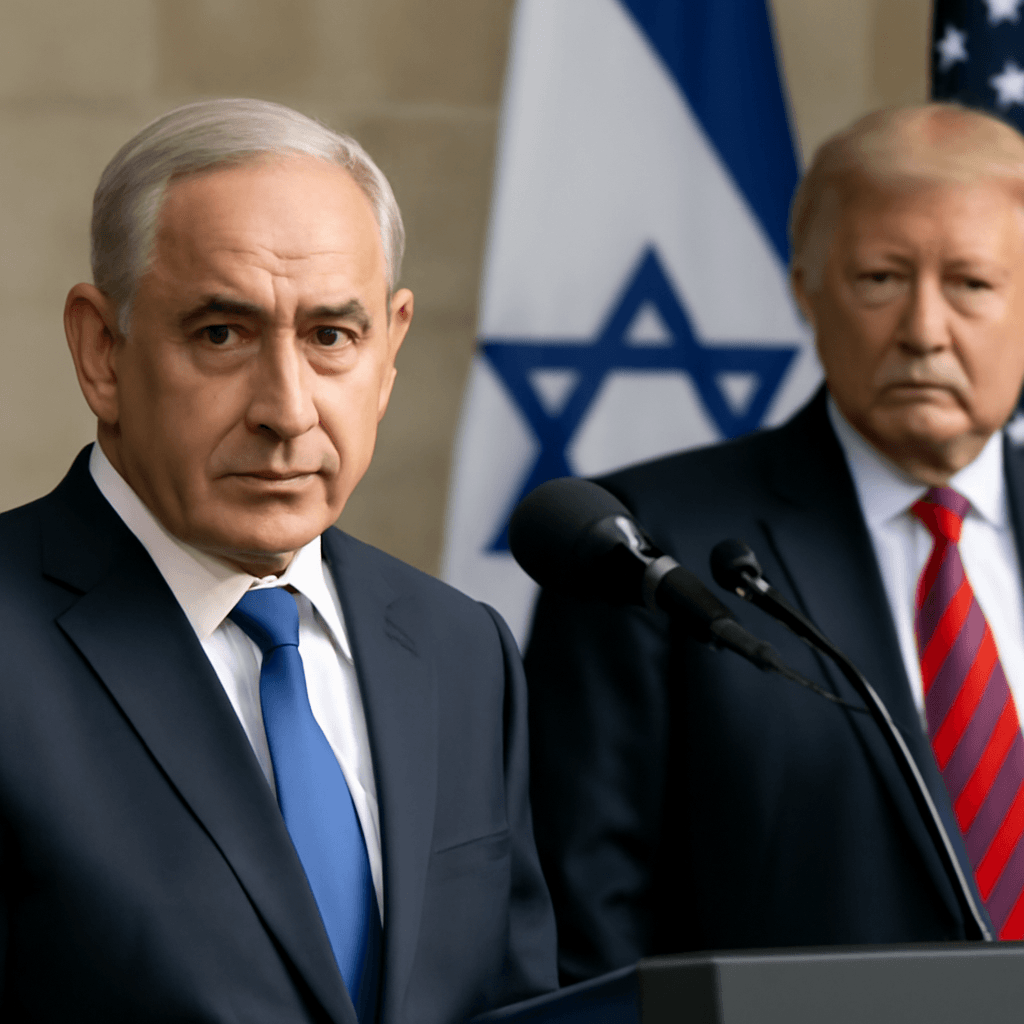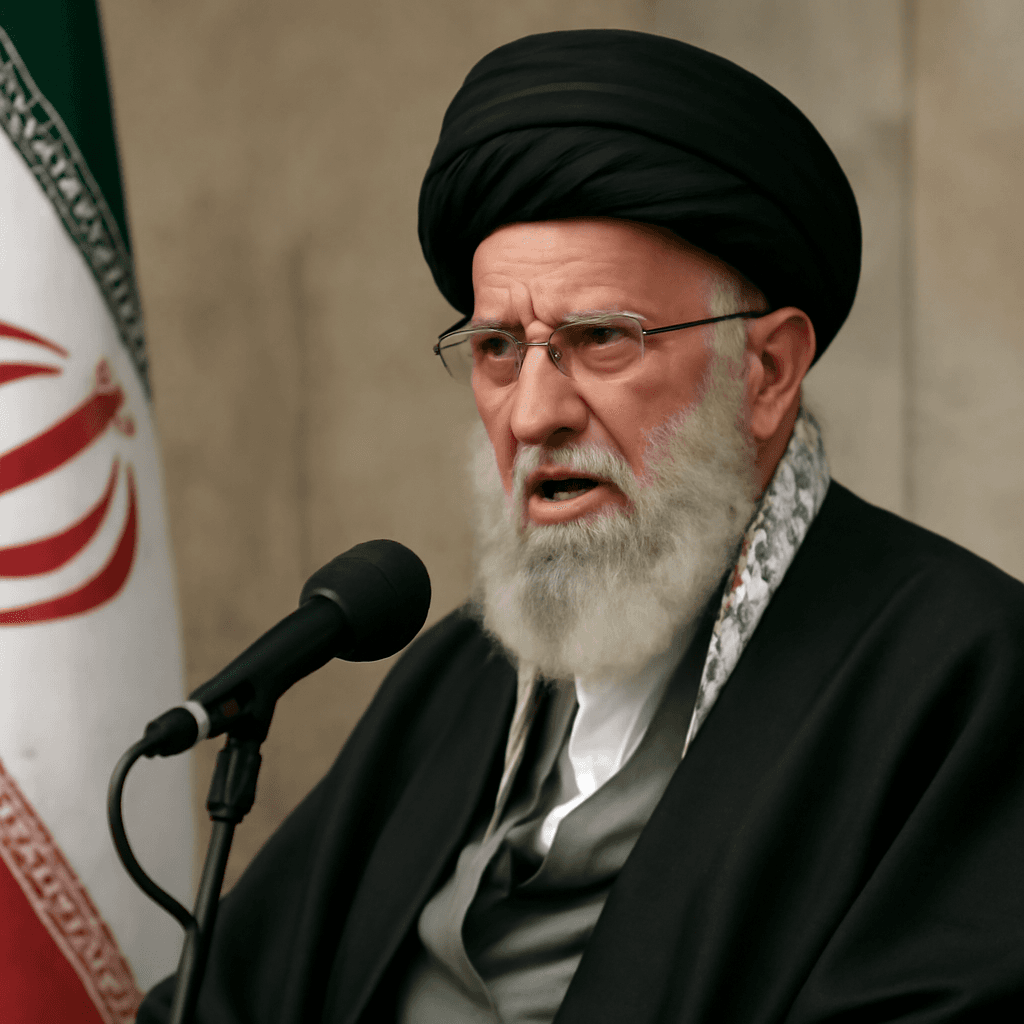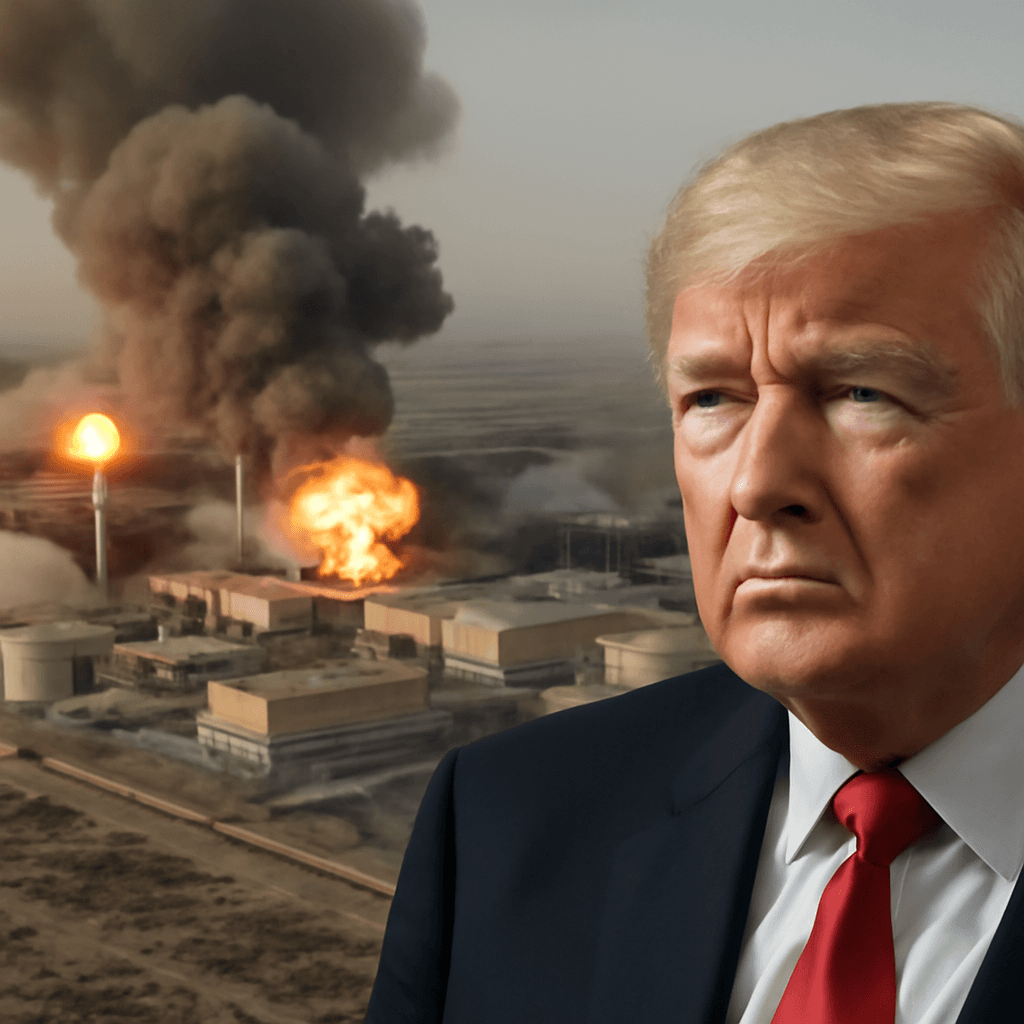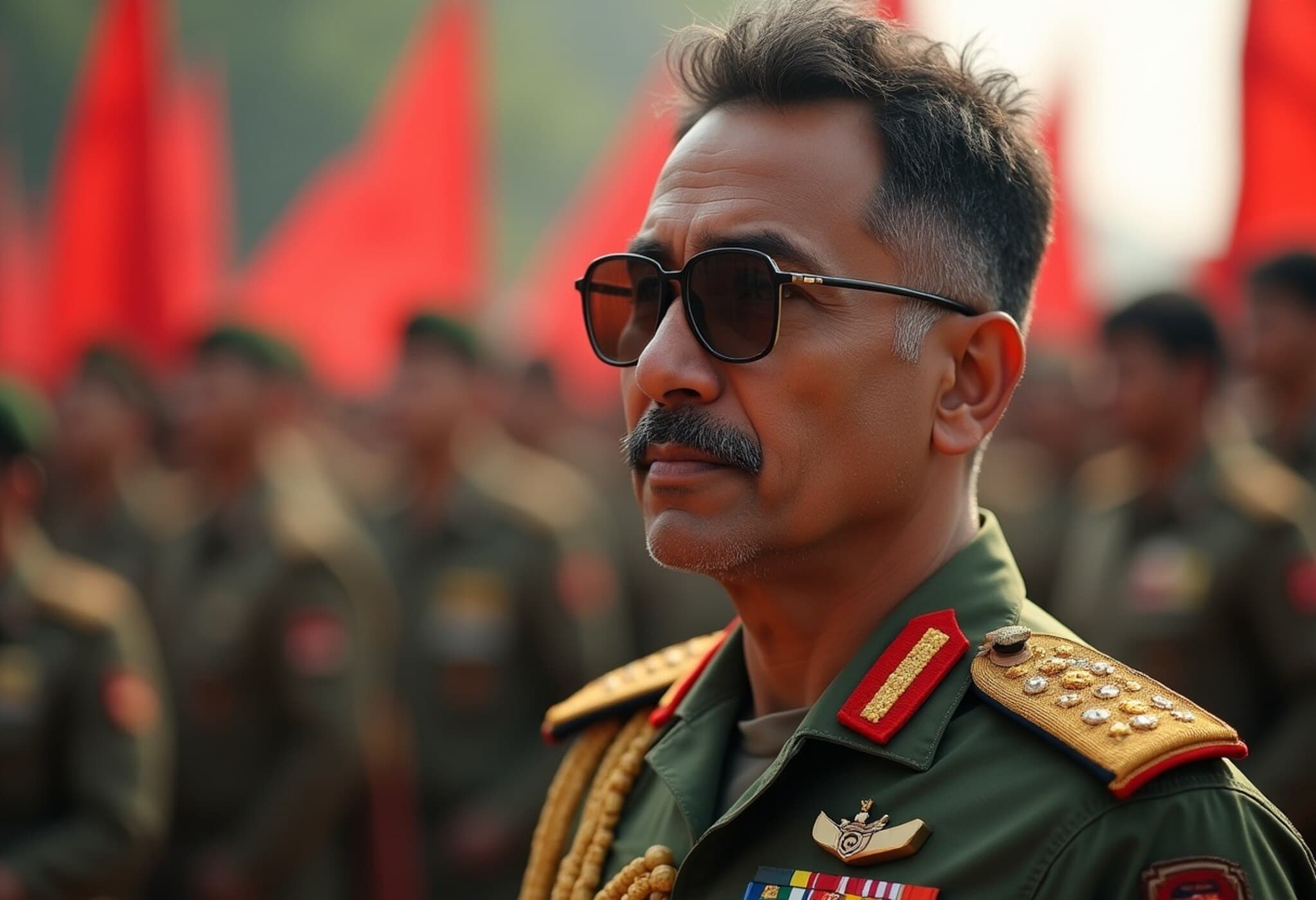Iran Signals Escalation: A ‘Final War’ May Be on Horizon
In a stern declaration that heightens already fraught Middle Eastern tensions, Major General Yahya Rahim Safavi, a senior military advisor to Iran’s Supreme Leader Ayatollah Ali Khamenei, warned that Iran might soon face a “final war” with Israel and the United States. Emphasizing that no formal ceasefire currently exists, Safavi underscored that the regional conflict remains active and unresolved.
The Context Behind the Warning
Major General Safavi, a former commander of the Islamic Revolutionary Guard Corps (IRGC), made the remarks amid lingering hostilities that trace back to a significant military exchange in June 2025. Israel initiated extensive missile and drone strikes targeting Iranian nuclear facilities, air defenses, and military leadership. The assault notably eliminated key figures within Iran's military hierarchy but failed to fully neutralize Iran’s subterranean nuclear infrastructure.
Shortly after, the United States conducted targeted bombings on Iran's underground nuclear sites in Fordow, Isfahan, and Natanz, intensifying the confrontation. After nearly two weeks of hostilities, former U.S. President Donald Trump announced a unilateral ceasefire on June 24, 2025, yet Iran maintains that this ceasefire is not formalized and does not equate to peace.
Safavi’s Stark Message: No Ceasefire, Only War Preparation
Safavi’s comments, reported by Iran International, highlight Iran’s readiness for continued and potentially final conflict:
- No formal ceasefire exists between Iran, Israel, and the U.S.
- Iran sees this conflict as a decisive struggle, warning that the next war could so severely damage adversaries that it precludes future conflicts.
- He described Israel as a “cancerous tumour” and the U.S. as the “Great Satan,” reflecting longstanding hostile rhetoric entrenched in Iran’s official discourse.
Reflecting a strategic posture, Safavi stressed the need for Iran to bolster its diplomatic, media, missile, drone, and cyber offensive capabilities — areas where Iran has increasingly invested resources as asymmetric warfare tools.
Expert Insight: Implications for Regional and Global Stability
From an American and international security perspective, Safavi’s threat raises pressing questions about the durability of regional peace efforts and the potential for broader conflict involving U.S. interests. Iran’s ambiguous claim of “no ceasefire” suggests that the previous truce was more an armistice than a peace agreement, leaving the door open to renewed hostilities.
Policy analysts warn: Any military confrontation between these nuclear-capable powers could escalate rapidly, with devastating humanitarian and geopolitical consequences across the Middle East and beyond. Moreover, Iran’s emphasis on cyber and drone warfare signals a shift towards multi-domain conflict, complicating traditional defense strategies.
Underreported Dimensions: The Human Cost and Diplomatic Gaps
While political leaders exchange threats, the human toll—especially civilian casualties and regional displacement—remains overshadowed. Media coverage tends to focus on nuclear sites and military leaders but rarely centers on the Iranian and Israeli populations living under constant threat. Additionally, diplomatic channels have been strained, with little transparency on back-channel negotiations or peace overtures, deepening mistrust on all sides.
Looking Ahead: What Does This Mean for U.S. and Global Policy?
For Washington and allied nations, the statements from Iran underscore the urgency of recalibrating diplomatic strategies and reinforcing regional alliances to deter further escalation. It also poses a test for international frameworks aimed at nuclear non-proliferation and conflict resolution.
Experts suggest that proactive engagement, coupled with measured economic and diplomatic pressure, may create openings to de-escalate tensions. Otherwise, the prospect of the ominous “final war” Safavi predicts could threaten not only Middle Eastern stability but also global security architectures.
Editor’s Note: Navigating a Precarious Future
As Iran signals a readiness to escalate conflict potentially to an unprecedented level, it is crucial to ask: How can policymakers balance deterrence with diplomacy to prevent catastrophic war? What role should regional actors and global powers play in mediating this volatile standoff? And above all, how can the international community ensure that the voices of civilians caught in the crossfire are not drowned out by the rhetoric of war?
Understanding the complexities behind these warnings requires continuous, nuanced analysis—a task demanding expertise, vigilance, and above all, commitment to peace.

